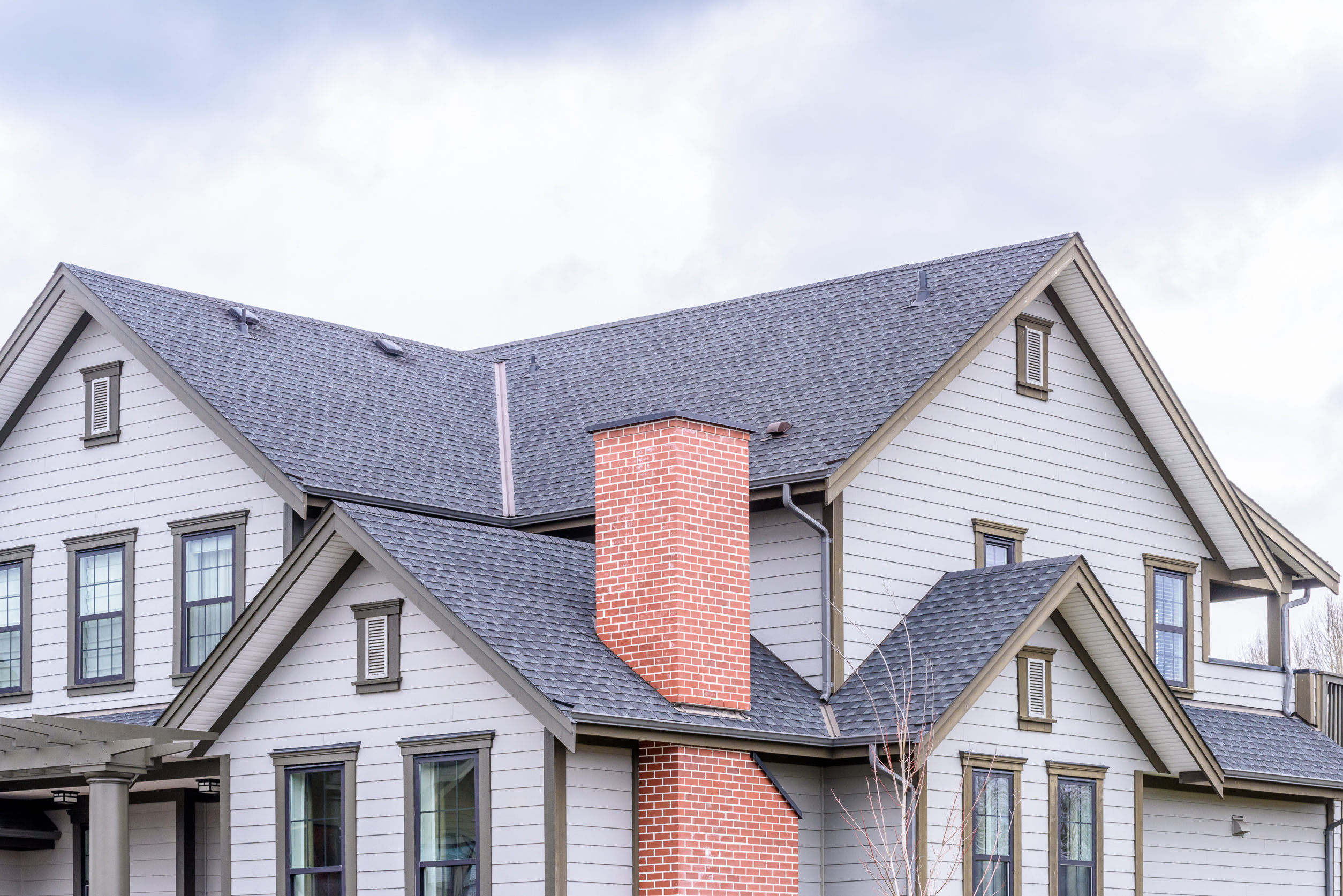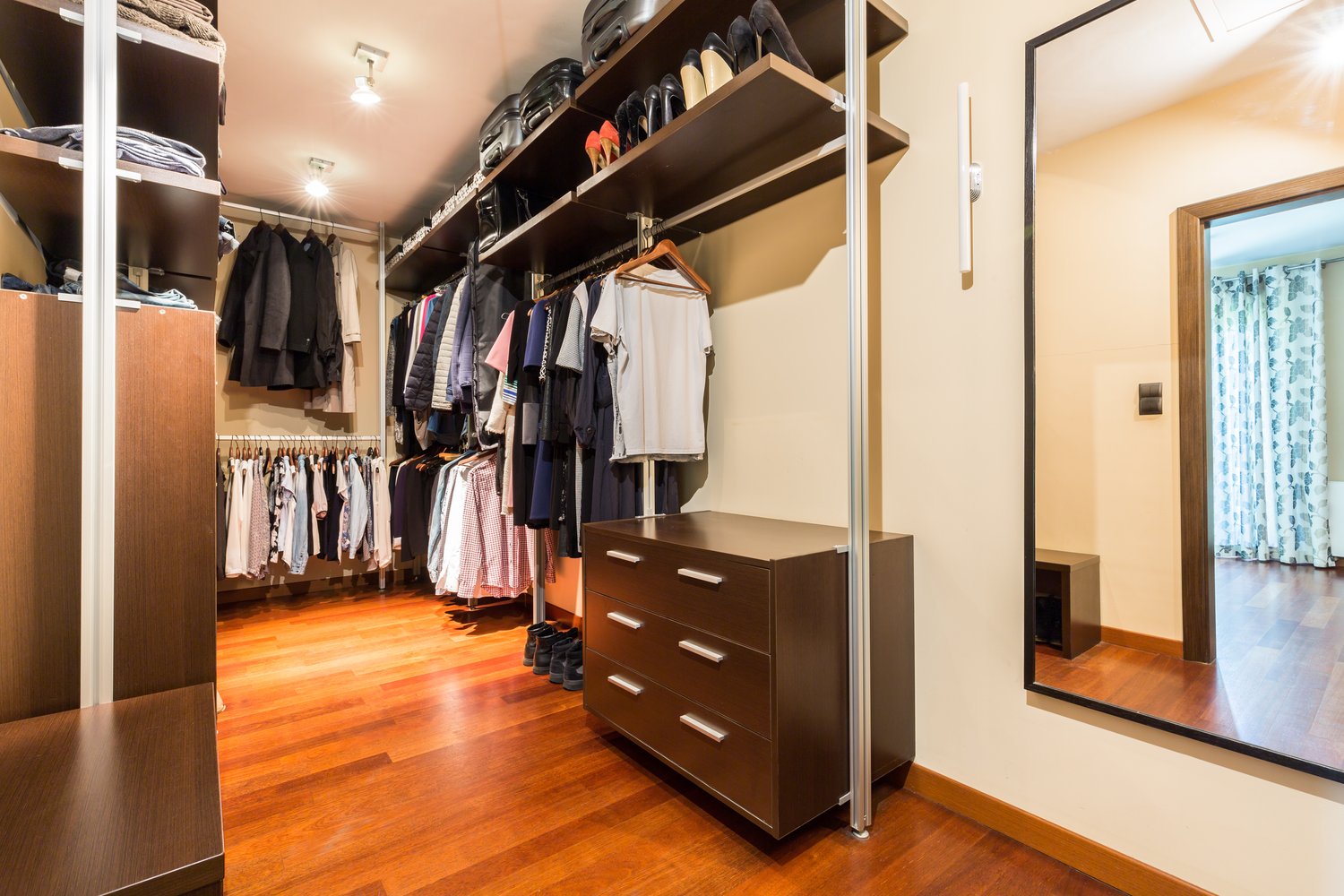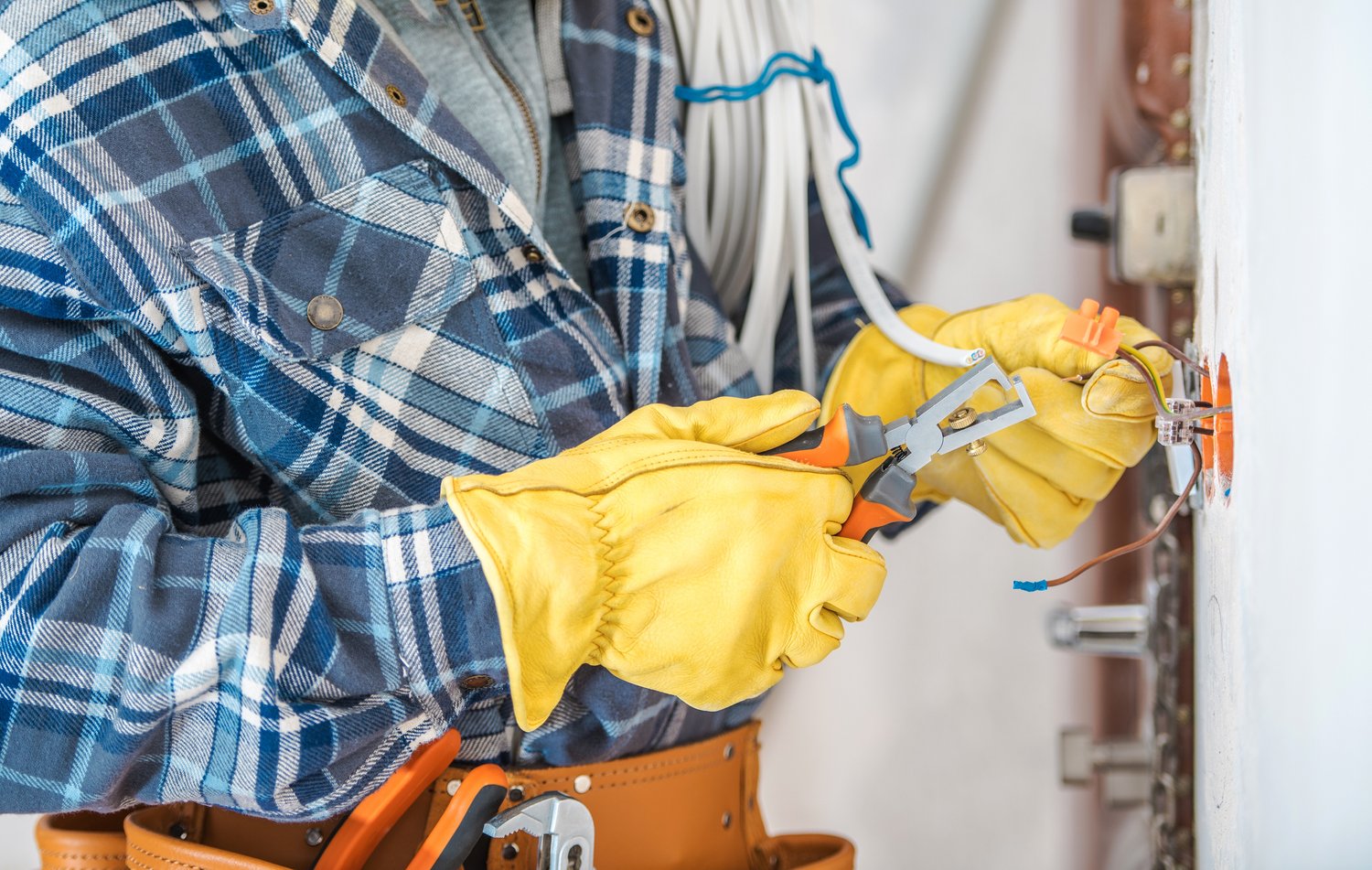Despite their name, flat roofs are not entirely flat. There needs to be at least a slight pitch to let precipitation drain away from the roof so that puddles don’t form. But a roof is considered flat if it has a pitch or slope of less than 10 degrees. A pitched roof has a noticeable angle and a peak. There are often two sections that meet to form a triangle, though not every sloped roof is triangular. Both flat and pitched roofs have their pros and cons, and here are a few of them.
What to consider with flat vs. sloped roofs
There are a few things to think about before you install a flat or sloped roof. First, consider the type of building. Is it a private home, an apartment building, a business, or an outbuilding such as a garage or work shed? You’ll also need to factor in the style of the building. For example, International-style homes often have flat roofs, while Queen Anne homes don’t. Also, how much money and time are you willing to put into building and maintaining the roof?
Benefits of flat roofs
Many people find flat roofs aesthetically pleasing. They enjoy the sleek look of the flat roof on an International style building or the traditional beauty of the flat roof of a Pueblo Revival-style home. They’re also relatively inexpensive to install and typically provide more attic space than a sloped roof. These features might be especially attractive to owners of commercial or apartment buildings.
Drawbacks of flat roofs
Flat roofs don’t last as long as pitched roofs. You may need to have a flat roof replaced after only 10 years. They don’t shed rain and snow as well as pitched roofs, so they also tend to leak more and need more maintenance. The good news is that their relative flatness makes them easy to inspect or troubleshoot. Even a layperson doesn’t have to be too nervous about walking on a flat roof.
Benefits of pitched roofs
One benefit of a pitched roof is that it’s simply more familiar to most people, which gives the building more curb appeal. Because it sheds precipitation, it doesn’t need as much maintenance as a flat roof and can last much longer. A pitched metal roof, for example, can last up to 80 years. A well-kept pitched roof also maintains the resale value of the building.
Drawbacks of pitched roofs
The one major drawback to a pitched roof is that it’s more expensive to install than a flat roof. It takes more material to install a pitched roof, and that can be pricey. For example, a pitched slate roof can cost over $30 a square foot. Some people may also find pitched roofs too old-fashioned for their taste.
When you’re ready to get your new roof, visit our new Marketplace to find certified local pros who can handle the job. For more home improvement inspiration, check us out on Instagram and Facebook.



